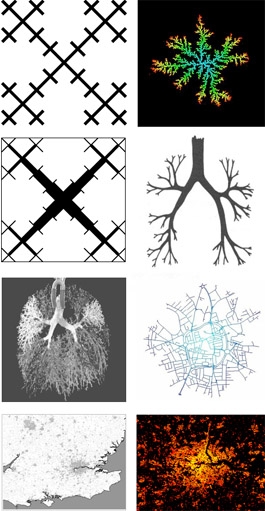
Although CASA is a centre whose main mission is to develop a better understanding of cities and regions through the application of science and computation, in context of course, our focus also extends to policy and design.
We are developing ideas about planning and design processes using new methodologies that build on artificial intelligence tools such as neural nets and genetic algorithms. These tools enable us to build mathematical and computational representations of design problems, relevant to design and planning support, which embrace computational models that incorporate learning and creative search, design and planning knowledge acquisition and representation. This is set in the wider programme of the complexity sciences which has fast developed since CASA was set up and which informs much of what we do in other project areas such as agent-based modelling.
We are working on design decision making problems, particularly in settings which involve multiple participants. This includes designers with different expertise working together, collaborative design with experts coming from the same field, and cases where experts and non-experts are working together for the creation of a design. In general, these settings will also include computational tools that play active part in the process.
Our focus is in models of multi-agent or distributed design, and understand the critical conditions that underlie the emergence of collective solutions, with the conviction that this will eventually lead to the development of better decision support systems. We are also exploring the mathematical basis of design problems and their representation. In this context, design is understood as a capacity linked with the complexity and organizational characteristics of large distributed systems (such as the brain, human computer networks, or cities).
The core research question is to turn the intuitive concept of design into a mathematical object. We are demonstrating that in order to represent design problems efficiently it is necessary to move beyond long-established paradigms and abstractions such as those of machine, computation, evolution, or control.
Our work on cities and complexity involves developing the notion that cities are forever in disequilibrium and that change is intrinsic to an understanding of how cities develop. Moreover change is not what it seems. At one level it can appear routine and predictable at another level surprising novel and entirely unpredictable. Complexity theory as applied to cities is wrestling with these conundrums and our quest at CASA is to define an agenda. The NEXSUS project - NEtwork for compleXity and SUStainability – that we were involved in with Manchester, Cambridge, Cranfield, Sheffield and with UCL Archaeology focussed on this agenda for the social sciences more generally.
People
- Katerina Alexiou
- Michael Batty
- Rui Carvalho
- Philip Steadman
- Theodore Zamenopoulos
 Close
Close

